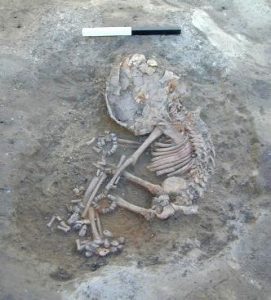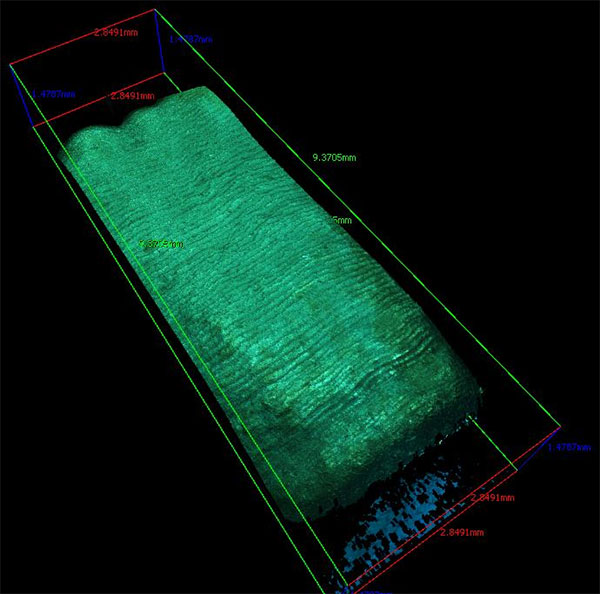The Cozzarelli Prize is awarded annually to six research teams whose PNAS (Proceedings of the National Academy of Sciences of the United States of America) articles have made outstanding contributions to their field. Each team represents one of the six classes of the National Academy of Sciences: Physical and Mathematical Sciences; Biological Sciences; Engineering and Applied Sciences; Biomedical Sciences; Behavioral and Social Sciences; and Applied Biological, Agricultural and Environmental Sciences. The research team that Dr Emmy Bocaege, British Academy Postdoctoral Research Fellow, was a part of, headed by Professor Clark Larsen from Ohio State University, is the recipient of 2019’s Class V: Behavioral and Social Sciences prize.
The paper is a comprehensive synthesis of 25 years (1993-2018) of bioarchaeological investigations of the extraordinary record of human remains and their context from Neolithic Çatalhöyük (7100–5950 cal BCE), a massive archaeological site in south-central Anatolia (Turkey). The extensive archaeological context of foodways, material culture, housing, environment, ecology, population structure and size, social interaction, and community living informs interpretation of the bioarchaeological record representing nearly 1,200 continuous years of community life.

The study reveals the increasing costs to members of the settlement, including elevated exposure to disease and labour demands in response to community dependence on, and production of, domesticated plant carbohydrates, growing population size and density fuelled by elevated fertility, and increasing stresses due to heightened workload and greater mobility required for goat herding and other resource acquisition activities. These changes in life-conditions foreshadow developments that would take place worldwide over the millennia following the abandonment of Neolithic Çatalhöyük, including health challenges, adaptive patterns, physical activity and emerging social behaviours involving interpersonal violence.
As a member of the human remains team, Dr Bocaege was involved in the analysis of the juvenile remains at the site and the collected dataset on skeletal and dental growth that formed the basis of her PhD thesis. The team found that, whilst the community was clearly challenged via multiple sources of physiological stress (as evidenced by the appearance of dental growth disturbances on all assessed individuals), the available resources were sufficient to maintain relatively normal growth and development among the members of the community.

Bioarchaeology of Neolithic Çatalhöyük reveals fundamental transitions in health, mobility and lifestyle in early farmers by , , , , , , , , , , , and

